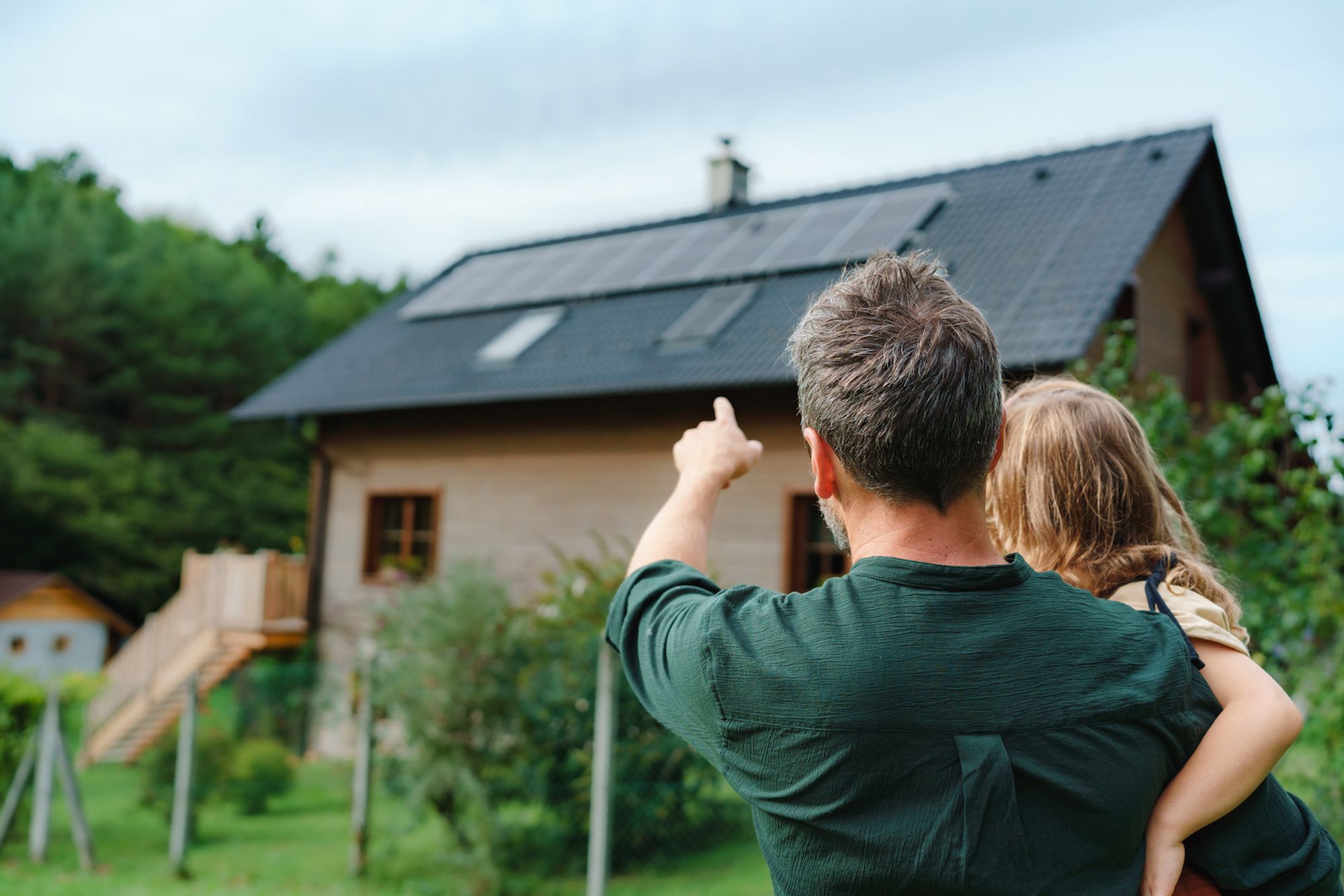Fri Feb 03 2023
The benefits of building a passive home
A small headline that needs to be added to the schema

Passive homes, also known as Passive House, are homes designed to use minimal energy for heating and cooling. These homes are designed to be highly insulated, airtight and use natural light and ventilation to maintain a comfortable indoor temperature. Passive homes are designed to be highly efficient, using up to 90% less energy than a traditional home, making them a sustainable and environmentally-friendly option for those looking to build a new home.
There are numerous benefits to building a passive home. Firstly, they are incredibly energy efficient, which can result in lower energy bills and a reduced carbon footprint. This makes passive homes an excellent option for those looking to reduce their environmental impact. Additionally, passive homes are typically built with high-quality insulation, which can improve indoor air quality and reduce noise pollution.
Another benefit of passive homes is their durability and longevity. These homes are built to last, using materials that are designed to withstand the elements and last for many years. This means that passive homes are an investment that will continue to pay off over time, as they will require less maintenance and repairs than traditional homes.
When it comes to building a passive home, there are several building methods to choose from. One of the most popular methods is the use of structural insulated panels (SIPs). SIPs are prefabricated panels made from a foam core sandwiched between two sheets of structural board. This method of construction provides excellent insulation and is quick and efficient to install.
Another popular building method for passive homes is the use of insulated concrete forms (ICFs). ICFs are made from expanded polystyrene and are used to form the walls of a building. They provide excellent insulation and are also highly durable and long-lasting.
When choosing materials for a passive home, there are several options to consider. For example, you could opt for double-glazed windows to improve insulation and reduce heat loss. You could also consider using sustainable materials such as bamboo flooring or recycled materials for your roofing and siding.
In conclusion, passive homes are a highly sustainable and efficient option for those looking to build a new home. They offer numerous benefits, including lower energy bills, improved indoor air quality, and reduced environmental impact. When building a passive home, there are several building methods and materials to choose from, making it a versatile and customizable option.
